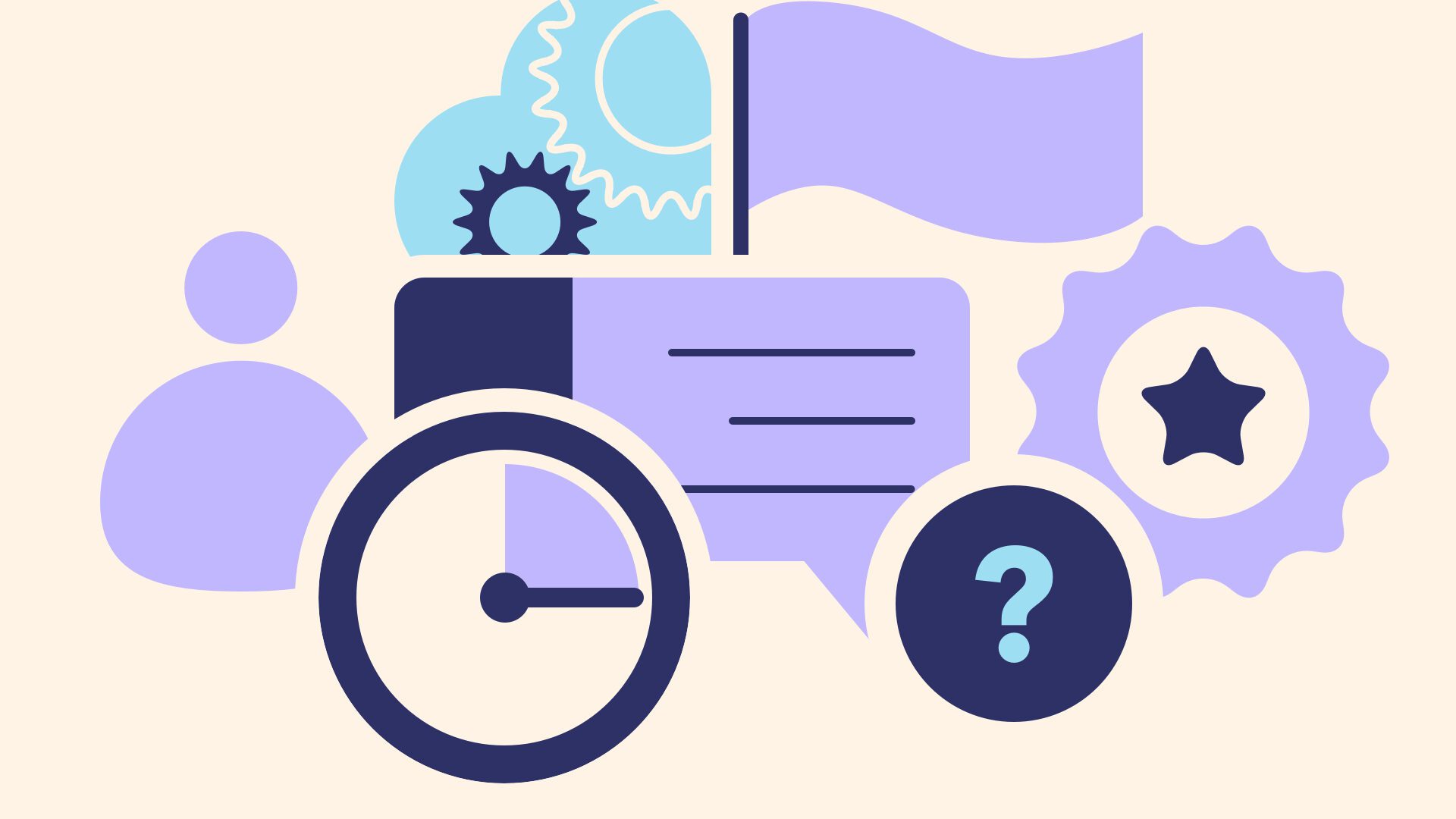Elevating Your Career and Personal Growth
In the realm of UX design, technical proficiency and design expertise are critical, but they are not the only factors that contribute to career advancement and personal growth. Soft skills—those intangible abilities that relate to how we interact with others and manage ourselves—play a significant role in shaping a UX designer’s career trajectory and overall effectiveness within an organization. This article delves into the essential soft skills for UX designers and explores how honing these skills can elevate your career and foster individual growth.
1. Effective Communication
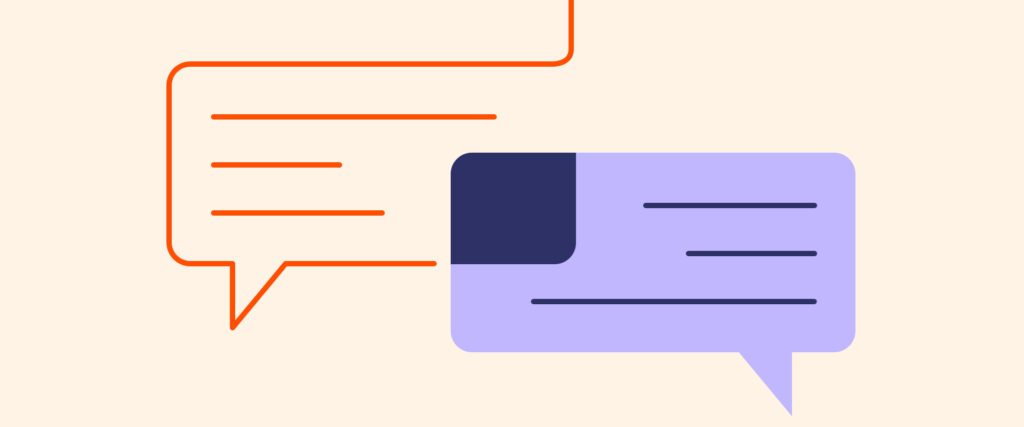
1.1. Articulating Design Ideas
Effective communication is paramount for UX designers. Being able to clearly and persuasively articulate design ideas, decisions, and rationale to various stakeholders—ranging from team members to executives—ensures that everyone understands and supports the design vision. UX designers should focus on:
- Clarity and Conciseness: Present ideas in a straightforward and understandable manner, avoiding jargon and complex language.
- Tailoring the Message: Adapt communication style based on the audience, whether it’s a technical team, business stakeholders, or end users.
1.2. Active Listening
Active listening involves fully concentrating, understanding, and responding thoughtfully to what others are saying. It is crucial for gathering user feedback, understanding team dynamics, and addressing concerns effectively. Key aspects include:
- Empathy: Show genuine interest and empathy towards others’ viewpoints and experiences.
- Reflective Responses: Use reflective listening techniques, such as paraphrasing, to confirm understanding and build rapport.
2. Emotional Intelligence
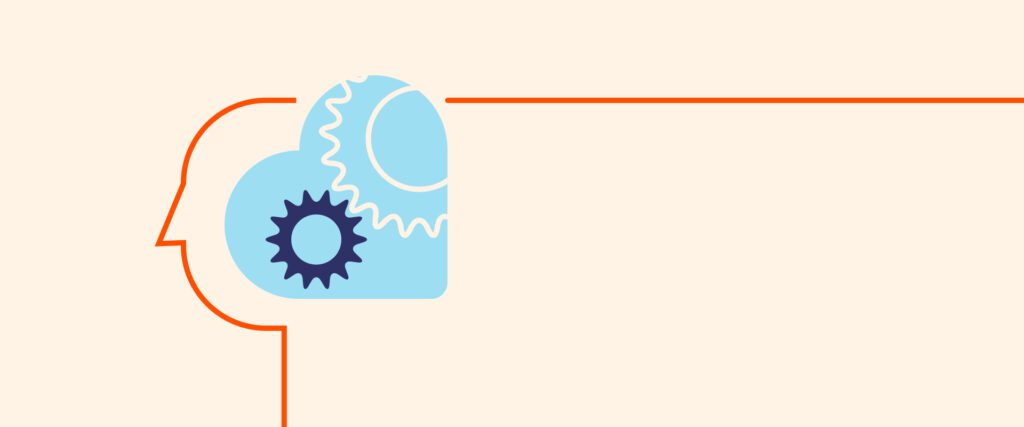
2.1. Self-Awareness
Emotional intelligence begins with self-awareness—the ability to recognize and understand one’s own emotions. For UX designers, this means:
- Identifying Emotional Triggers: Recognize how personal emotions affect your work and interactions.
- Managing Stress: Develop strategies to manage stress and maintain composure in high-pressure situations.
2.2. Empathy for Users and Team Members
Empathy extends beyond understanding user needs; it involves connecting with team members and stakeholders. UX designers should practice:
- Understanding Perspectives: Put yourself in the shoes of both users and colleagues to better address their needs and concerns.
- Building Relationships: Foster strong, supportive relationships through empathetic interactions and understanding.
3. Collaboration and Teamwork
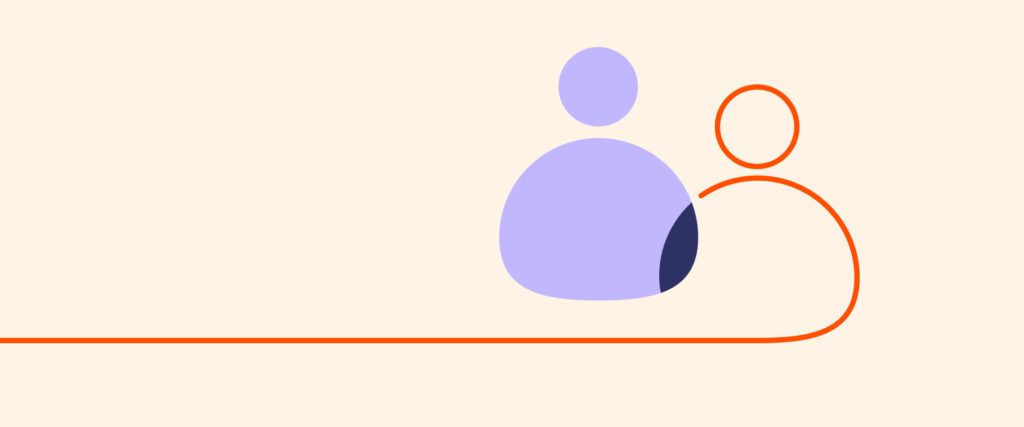
3.1. Building Consensus
Collaboration is a cornerstone of UX design, involving teamwork across various disciplines. UX designers need to:
- Facilitate Workshops: Lead collaborative sessions such as brainstorming or design thinking workshops to harness collective insights.
- Manage Conflicts: Address disagreements constructively and work towards consensus, ensuring that all voices are heard and valued.
3.2. Flexibility and Adaptability
Cross-functional teams often require designers to be flexible and adaptable. Embrace:
- Open-Mindedness: Be willing to adapt design ideas based on feedback and evolving requirements.
- Versatility: Show readiness to take on diverse roles and responsibilities as needed, supporting the team’s goals.
4. Problem-Solving and Critical Thinking
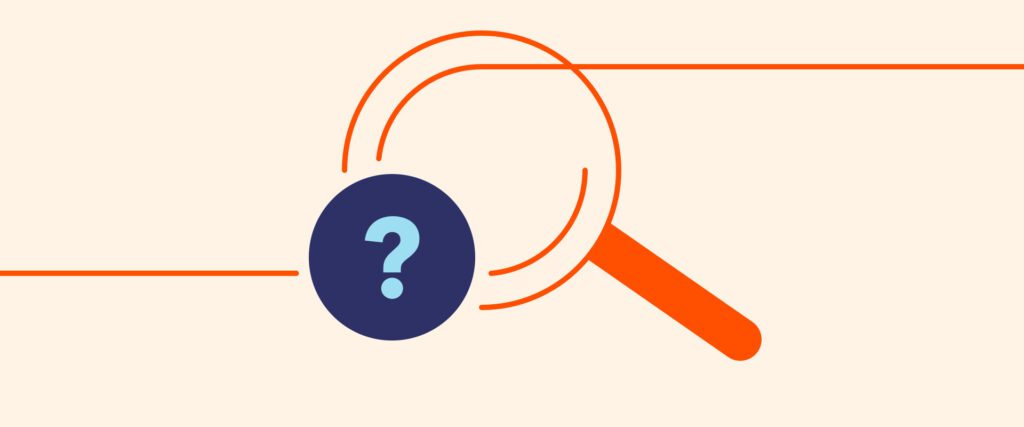
4.1. Creative Problem-Solving
Effective UX design often involves tackling complex problems with innovative solutions. Develop your problem-solving skills by:
- Thinking Outside the Box: Explore unconventional approaches and solutions to design challenges.
- Iterative Approach: Use iterative design processes to refine solutions based on testing and feedback.
4.2. Analytical Thinking
Critical thinking enables designers to analyze data and make informed decisions. Focus on:
- Evaluating Evidence: Use data from user research, analytics, and testing to guide design decisions.
- Balancing Trade-Offs: Consider trade-offs between user needs, business goals, and technical constraints when making decisions.
5. Time Management and Organization

5.1. Prioritizing Tasks
Efficient time management is essential for meeting deadlines and managing workload. UX designers should:
- Set Clear Goals: Define and prioritize tasks based on their impact and deadlines.
- Use Tools: Utilize project management and organizational tools to track progress and stay organized.
5.2. Balancing Multiple Projects
Designers often juggle multiple projects simultaneously. Develop strategies to:
- Manage Workload: Break down tasks into manageable chunks and allocate time appropriately.
- Maintain Quality: Ensure that quality is not compromised despite tight deadlines and multiple responsibilities.
6. Presentation and Persuasion Skills

6.1. Delivering Effective Presentations
Presenting design ideas and solutions effectively is crucial for gaining buy-in and approval. UX designers should focus on:
- Crafting Engaging Stories: Use storytelling techniques to make presentations compelling and relatable.
- Highlighting Key Points: Emphasize the most critical aspects of your design, using visuals and data to support your points.
6.2. Influencing Stakeholders
Persuasion involves convincing stakeholders of the value of your design. Develop skills in:
- Building Arguments: Construct well-reasoned arguments supported by data and user insights.
- Addressing Concerns: Listen to and address stakeholder concerns and objections with evidence-based responses.
7. Mentorship and Continuous Learning

7.1. Seeking and Providing Mentorship
Mentorship plays a significant role in personal and professional growth. UX designers should:
- Find Mentors: Seek mentors who can provide guidance, feedback, and support for career development.
- Mentor Others: Share your knowledge and experience with junior designers to help them grow and learn.
7.2. Embracing Lifelong Learning
The UX field is constantly evolving, making continuous learning essential. Engage in:
- Professional Development: Attend workshops, conferences, and training to stay current with industry trends and best practices.
- Self-Improvement: Read books, articles, and case studies to enhance your skills and knowledge.
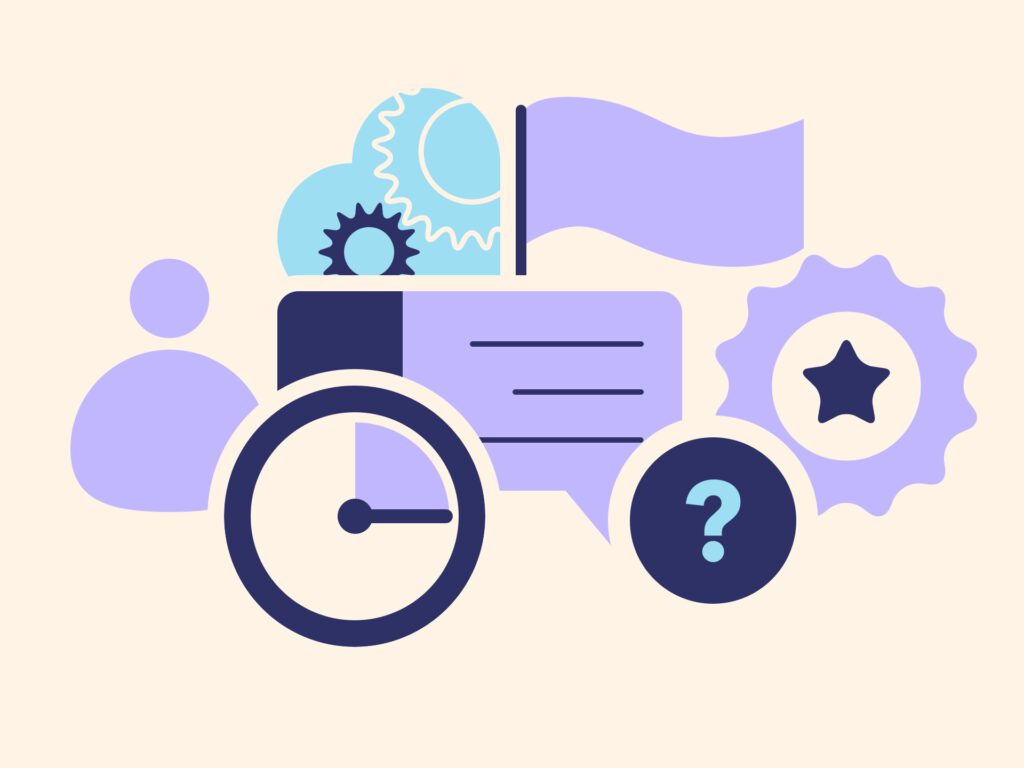
Conclusion
Soft skills are integral to a UX designer’s career development and personal growth. By honing skills such as effective communication, emotional intelligence, collaboration, problem-solving, time management, presentation, and persuasion, UX designers can enhance their impact within cross-functional teams and advance their careers. Embracing mentorship and continuous learning further supports growth and success in the dynamic field of UX design. As designers develop these essential soft skills, they not only contribute to their own advancement but also foster a more collaborative, innovative, and productive work environment.
Disclaimer: The information contained in this post is for general information purposes only. The views expressed here are my own and do not necessarily reflect the opinions or positions of my employers, clients, or any organizations with which I am affiliated.
The audio summary segments, included for accessibility, are generated with experimental NotebookLM.

